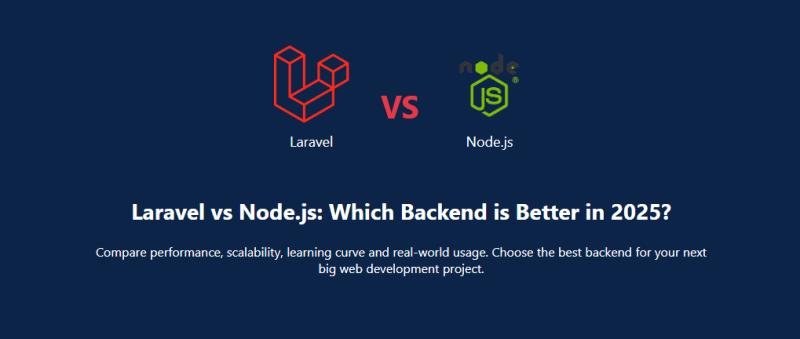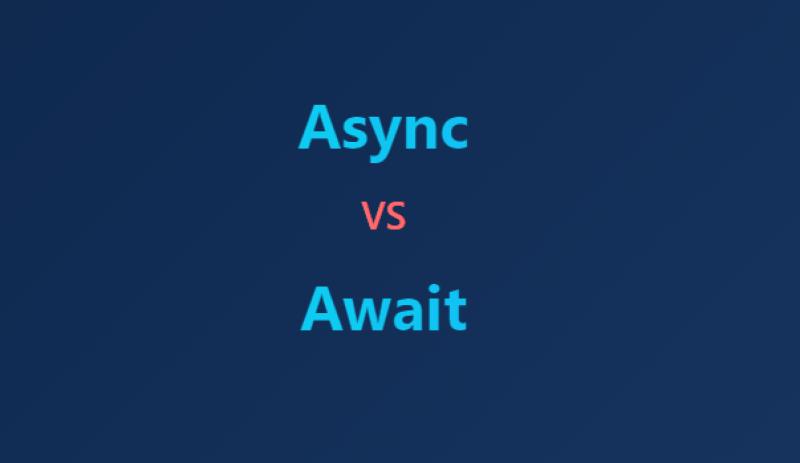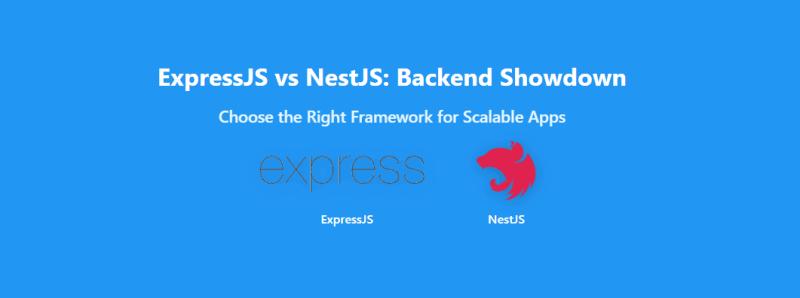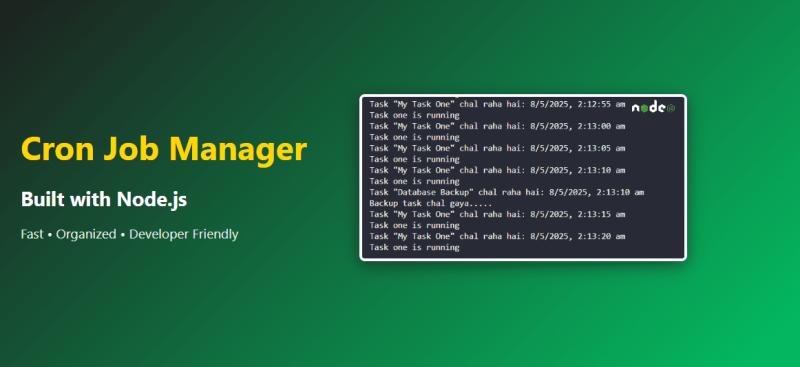A beginner-friendly tutorial on how to train machine learning models right in your browser using TensorFlow.js – no Python required. Learn JavaScript-based AI, step-by-step.
🔹 Introduction
Machine learning has completely transformed how we connect with and use modern technology in our daily lives. Traditionally, training ML models needed important waiters and complex setups.
In this guide, we'll explore how to train a machine learning model using TensorFlow.js, covering everything from setup to deployment.
🔹 What is TensorFlow.js?
TensorFlow.js is a powerful open-source tool that allows you to create, train and run machine learning models directly in your browser—all with JavaScript, no backend required.
Why use TensorFlow.js?
• Works entirely in your browser—no backend or server setup required.
• JavaScript-first: great for web developers
• Leverages your browser's GPU using WebGL for faster performance and smoother computations
🔹 Prerequisites
• Basic understanding of JavaScript
• Familiarity with HTML/CSS
• Node.js installed (optional for local development)
Step 1: Set up the Project
Use either of the two methods:
A. In-browser (quick setup)
B. Node.js environment
Step 2: Create Training Data
Let's say we want to train a simple linear regression model.
We're using tensors to represent the features (xs) and labels (ys).
Step 3: Define the Model
• sequential(): Sets up a straightforward sequence of layers, where each layer feeds into the next—perfect for building models step by step.
• dense(): A layer where every node is connected to the next
Step 4: Train the Model
This trains the model over 250 iterations. You can increase epochs for better accuracy.
Step 5: Make Predictions
This line will display the model’s prediction when you provide 5 as the input value..
🔹 Improving Accuracy
• Normalize your data
• Add more training samples
• Use better loss functions (like mae, huberLoss)
🔹 Also Read:
• How to Build a Powerful AI Chatbot Using Node.js and GPT-4 – A Complete Beginner's Guide
• Must-Know AI Tools for Developers in 2025 – Top 10 Picks That Matter
• 15 Real World Applications of AI You Didn't Know Exist
• 2025: The Essential 10 Free AI Tools You Should Experience
TensorFlow.js opens up the world of machine learning to JavaScript developers. You can now run and train models right inside your browser—no server, no Python, just pure JS magic.
Start experimenting and deploy your first browser-based ML app today.
🔹 Like this post?
• Share it on LinkedIn & Twitter
• Comment on your first TensorFlow.js project idea
• Follow TechQuestWorld.com for more AI + Web Dev tutorials
Start building smart apps now—because the future is already in your browser.






